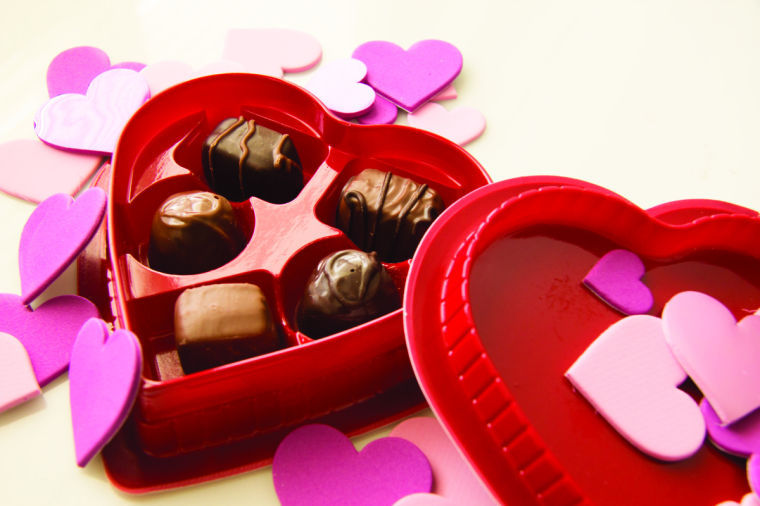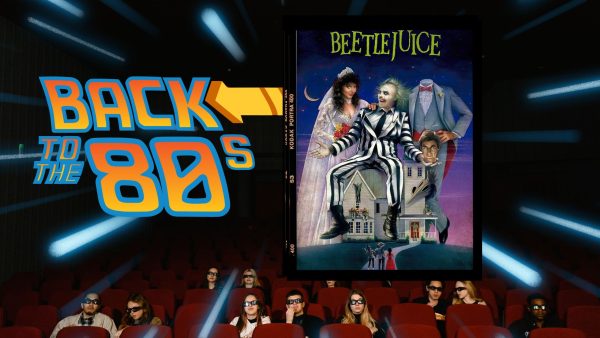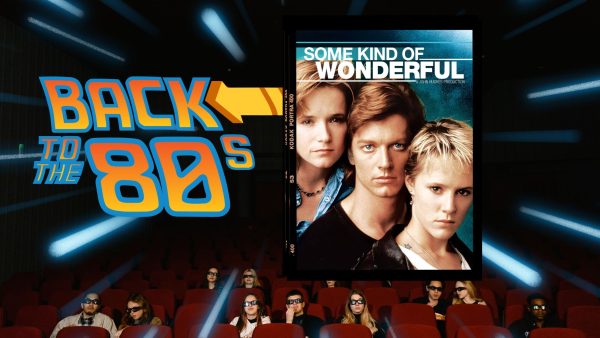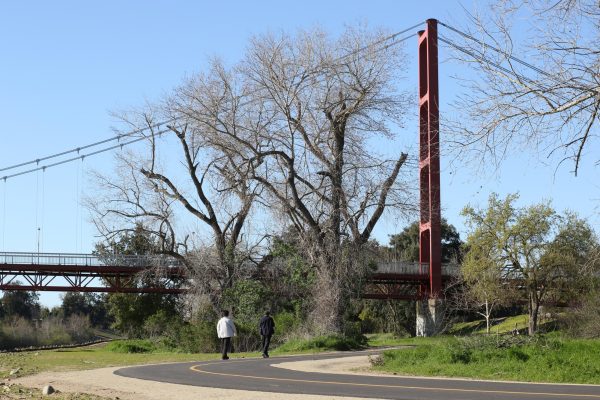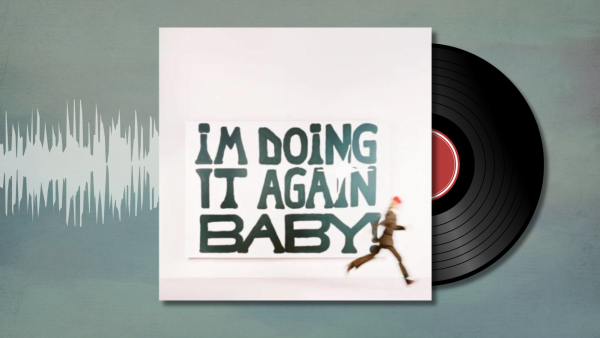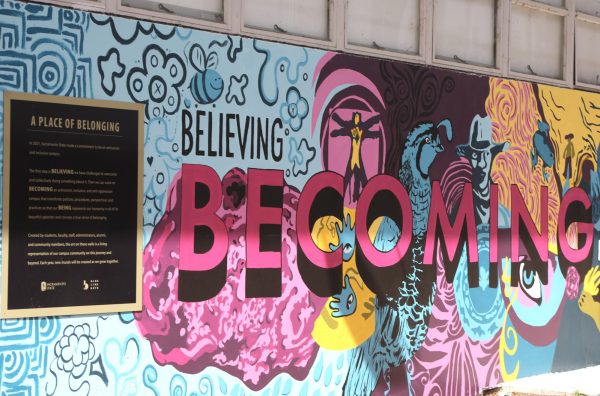Chocolate: Its history and why we we love it for Valentine’s Day
February 12, 2014
Forrest Gump’s mother compared chocolate to life when she said, “Life is like a box of chocolates, you never know what you’re gonna get.”
Chocolate is ancient, but iconic – regardless of marketability – and it is one of the most popular traditions during Valentine’s Day.
Zach Smith is a junior business major at Sac State and is planning on giving flowers and chocolate-covered strawberries for Valentine’s Day. Smith believes one of the reasons society turns to chocolate for gifting during the lover’s holiday is because of pop culture.
“(In) TV shows and movies, it’s always been broadcast in my mind that chocolate is a thing you get for someone on Valentine’s Day,” Smith said. “You see people’s reactions on those movies or TV shows and you’re like,’Oh okay I’m going to see my special someone and get the same reaction.’”
Julie Tharalson, Sac State food and nutrition professor and graduate from The Culinary Institute of America in New York, believes one reason chocolate is highly marketable on Valentine’s Day is because it is something society has been encouraged to gift.
“I suppose you can say to some degree that it may play a role in a man trying to get a woman’s attention,” Tharalson said. “If you’re going to bring flowers and chocolates and that’s something that is ingrained in our society. It’s Valentine’s Day, you buy flowers and chocolates.”
According to the Smithsonian, chocolate has existed for more than 2,000 years. University of Pennsylvania discovered cacao powder on a piece pottery during an excavation in Honduras that is estimated from 1400 B.C.E, placing chocolate at an earlier time period in history than many believed.
The word chocolate comes from the Aztec word “xocoatl,” meaning a bitter drink made from cacao beans that were found in Central America and southern Mexico.
According to the Smithsonian, the Mayans and Aztecs believed the cacao beans were mythical and were used in birth, marriage and death rituals. There is evidence the beans were fermented and brewed into alcoholic beverages. Cacao beans were also used as currency by exchanging them with tamales or hens.
A chocolate beverage was first introduced to Europeans by the Aztec King Montezuma, who confused a Spanish conqueror to a reincarnated deity. Although the Europeans thought it was bitter, once prepared with sugar it became a delicacy for the rich.
Chocolate as an aphrodisiac has been associated with Montezuma because he drank large amounts of chocolate for his sexual performance, this is perhaps why romance and chocolate are linked.
In 1847, the first chocolate bar was created by Fry & Son, then in 1861, Cadbury created the first heart-shaped chocolate box. Years later, Nestle introduced the first milk chocolate bar. Hershey’s classic milk chocolate bar came out in 1900.
Sac State pre-nursing major and freshman Vanessa P. Martinez, 19, believes giving chocolate on Valentine’s Day is not only about tradition, but it is more about how chocolate makes people happy.
“I love chocolate and I love (my family and friends),” Martinez says “So I might as well give them something I love and hopefully they love it too.”
Wendy Aguilar can be reached at [email protected]
































































































































